A large part of Putin’s expanded invasion of Ukraine is based out of Belarus, the Russian-aligned dictatorship just north of Ukraine. Russia launched offensives against Kyiv and against the northern Ukrainian city of Chernihiv from Belarus, and Russian aircraft that are bombing Ukrainians are operating out of Belarusian air bases. After Putin’s lightning invasion plans were derailed and his invasion forces in northern Ukraine got bogged down, there was some discussion about the imminent full entry of Belarus into the war. Photos and dash-cam videos from Belarus recorded columns of troop transports and armored vehicles with red squares painted on them, a possible tactical marking to distinguish them from Ukrainian troops. (Russian forces have used different tactical markings in Ukraine, most famously a large white “Z”.)
However, there are signs that Belarus is blinking, and might not fully enter the war after all.
On Friday, Belarusian dictator Alexander Lukashenko gave a speech celebrating the results of a “constitutional referendum” he had ordered, which among other things granted any former president of Belarus permanent immunity from prosecution. During the speech he seemed to balk at invasion in a very Soviet manner. He stated that unspecified “forces” were trying “to draw us into hostilities on the territory of Ukraine.” However, he emphasized that while Belarusian forces were protecting the border with Ukraine, “The Belarusian army did not take any part in the special operation [Putin’s invasion of Ukraine] and does not intend to take part. There is simply no need for it.” He said that if Belarus joined the fight in Ukraine it would be a “gift” to those forces that were already waging war against Belarus. (Meaning, the evil Western conspiracy that he believes is trying to overthrow his rule.)
These statements are the best evidence we have that the Belarus leadership has opted against sending its troops into Ukraine, but this could change. If Putin decides he really needs the extra support, he surely has enough leverage over Lukashenko to force him to send in troops. Lukashenko’s speech might be a kind of fake protest against fighting right before “Ukrainian nationalist provocation forces” him to take part in the war.
Here is a bit of background for those unfamiliar with the intricacies of Eastern European politics: Belarus is the most Soviet state in Europe. Unlike Ukraine or even Russia, it has not significantly reformed its economy or political structure since the collapse of communism, and it is still dominated by highly centralized state-run enterprises. There are still collective farms in Belarus, with the occasional accompanying forced labor, something that has all but disappeared even in Russia. Lukashenko was the head of a collective farm during Soviet times, and this might partially explain why this incredibly inefficient and oppressive institution has survived there. Belarus’ secret police force is still called the KGB! Even in Russia it was split in two and given different acronyms: the FSB and the SVR.
Lukashenko has been in power since 1994, holding sham elections and in recent years grooming his young son Nikolai as a successor. In 2020, many Belarusians decided they had had enough when he stole the election, again. This time his opponent was Sviatlana Tsikhanouskaya, the wife of a jailed Belarusian opposition figure. The main parts of her platform were the freeing of all political prisoners in Belarus and a pledge to hold genuine democratic elections. When the official results showed Lukashenko winning with 80 percent of the vote, many Belarusians took to the streets in an unprecedented series of mass protests. They carried the old red and white flag of Belarus, which Lukashenko replaced with a green and red Soviet design in 1995 (minus the hammer and sickle, the symbolic extent of reform in Belarus). These protests were brutally quashed by the Belarusian KGB, and Tsikhanouskaya was forced to flee the country. She is currently leading the Belarusian opposition from Europe.
Lukashenko declared that the protests were a “color revolution” with the goal of “violating our sovereignty and even our territorial integrity.” The protests might indeed be considered a kind of “color revolution” had they succeeded. “Color revolutions”is a term used to describe pro-democratic popular revolutions in potemkin democracies because they often adopt a particular color or symbol, a la the “Green Revolution” in Iran or the “Orange Revolution” in Ukraine (2004) that was a harbinger of the 2013-14 Maidan revolution.
In the mouths of Lukashenko, Putin, and other pro-authoritarians across the globe the phrase “color revolution” means something quite different. According to their propaganda these revolutions are all part of sinister neo-colonial Western plots designed to destroy the “sovereignty” of states and put them under the secret control of Western masters. This kind of language has even bled into some anti-democratic rhetoric in the United States. Before the 2020 election some pro-Trump figures speculated that the U.S. left/deep state was preparing a “color revolution” in the United States in the event of a Trump victory.
To Putin and Lukashenko, the 2020 “color revolution” in Belarus may have seemed like Belarus catching the Maidan disease. There are many possible reasons why Putin decided to massively expand his attacks on Ukraine in 2022, but one of them that is not discussed enough is his likely fear that this revolutionary contagion would spread from Kyiv to Minsk to Moscow.
Lukashenko’s thugs quashed the Belarus protests, but he is still on shaky ground. Without Russian economic help (and riot police) he probably would not have been able to remain in power in 2020. There were some defections from the Belarus security forces at the time, and Lukashenko may not be confident that the Belarusian army would remain loyal if soldiers were sent to die in a foreign country. Russian supply issues in Ukraine and signs of surrender and desertion probably make Lukashenko, and even Putin, think twice about sending Belarusian soldiers in. What would Belarusian troops do the first time they are appealed to in Ukrainian—a language closer to Belarusian than Russian? There are even some Belarusians already fighting with the Ukrainians, and there are scattered reports of more joining up. There have been a few reports that cannot be verified that Belarusian troops have already refused to fight. As Russian losses mount in Ukraine, the prospect of getting killed in large numbers by Ukrainians defending their land might even motivate a mutiny among Belarusian troops.
If Belarusian troops never enter Ukraine in force, it is not a reason to let Lukashenko off the hook for supporting this war. Belarus is still an important staging area for some of Putin’s thrusts against Ukraine, including against Kyiv, and Russian supplies are still flowing by rail and road and probably pipeline through Belarus and on to Ukraine. Belarus is and should be a major target for sanctions. Once again, if Putin does decide that the need for more cannon fodder outweighs the risk of Belarusian soldiers not cooperating, Lukashenko will probably have to send his army into Ukraine. However, that move might end up being one more of Putin’s many miscalculations in this fight.
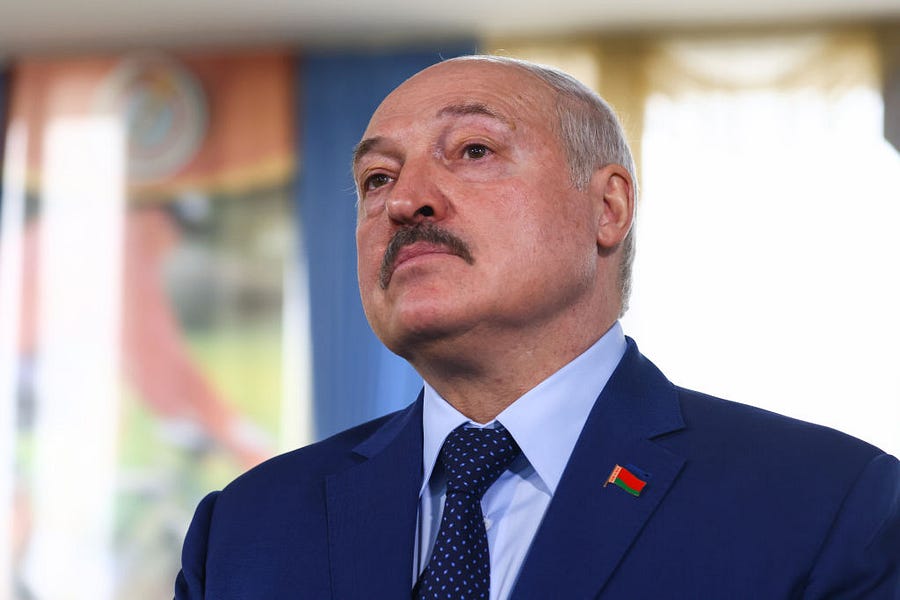
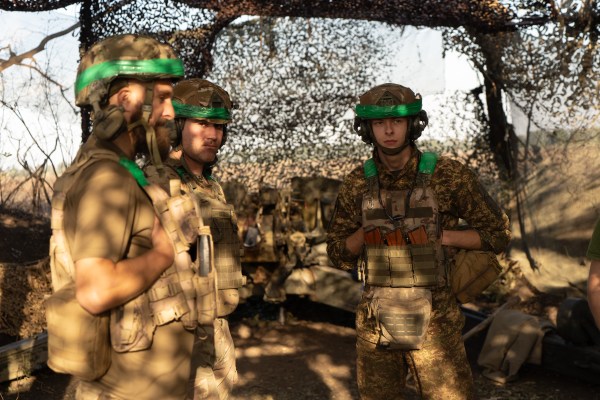
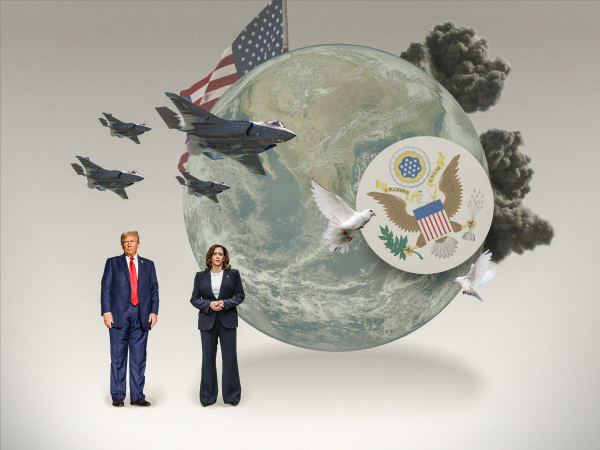
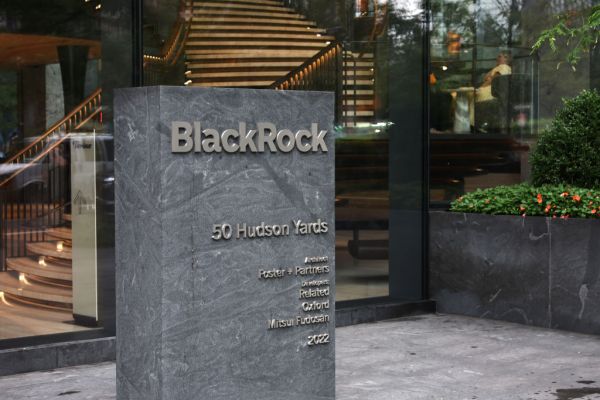
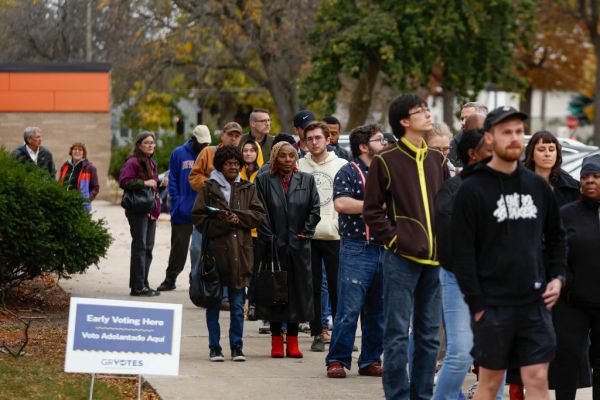

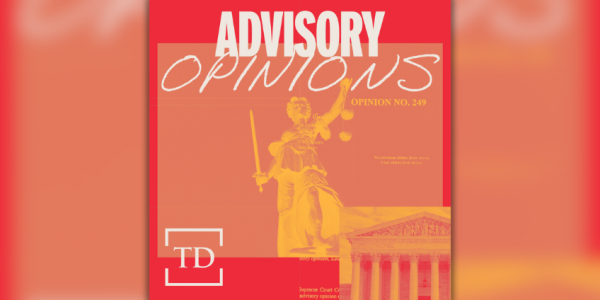
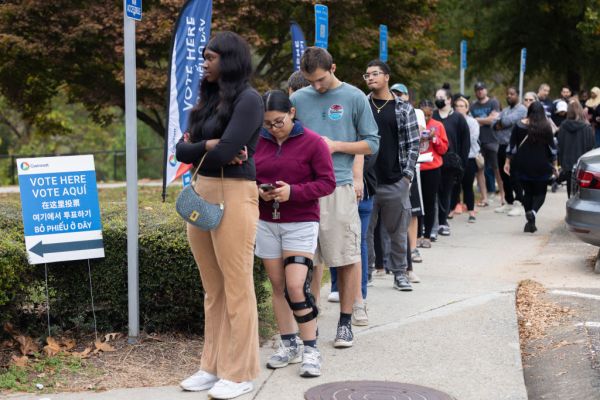
Please note that we at The Dispatch hold ourselves, our work, and our commenters to a higher standard than other places on the internet. We welcome comments that foster genuine debate or discussion—including comments critical of us or our work—but responses that include ad hominem attacks on fellow Dispatch members or are intended to stoke fear and anger may be moderated.
You are currently using a limited time guest pass and do not have access to commenting. Consider subscribing to join the conversation.
With your membership, you only have the ability to comment on The Morning Dispatch articles. Consider upgrading to join the conversation everywhere.